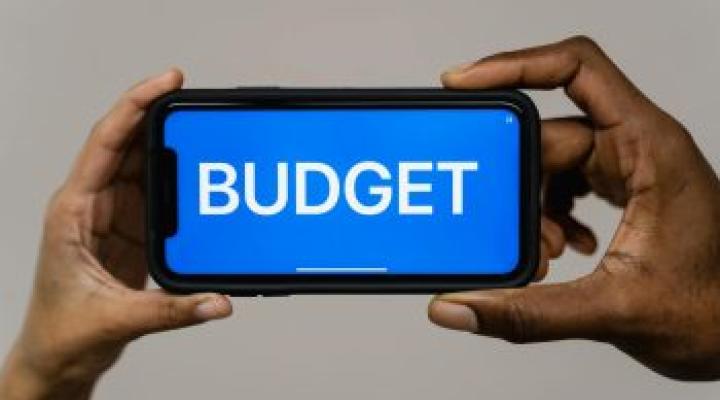Moving to the US is exciting—new home, new job, new life! But if you’re a new immigrant, you might notice one thing missing: a credit score. In the US, your credit score is like a report card for how well you handle money. It decides if you can get a loan, rent a house, or even buy a car. Without it, things can feel tough. Don’t worry—this guide will show you how to build your credit score from scratch, step by step, in an easy way.
What’s a Credit Score, Anyway?
Think of a credit score as your money reputation. It’s a number (usually 300 to 850) that banks and companies use to trust you with loans or credit cards. New immigrants—like someone from Pakistan—start with no score because the US doesn’t know your financial history yet. The good news? You can build it up fast if you know the tricks!
Why It Matters for Immigrants
No credit score can mean “no” to a lot of things:
- Renting an apartment? Landlords check it.
- Getting a phone plan? Companies want it.
- Buying a car? Loans depend on it.
Building a good score (above 700 is great) opens doors and saves you money on interest. So, let’s get started!
Step-by-Step Guide to Build Your Credit Score
Here’s how you, as a new immigrant, can create a solid credit score in the US:
1. Get a Bank Account First
Before anything, open a checking or savings account at a US bank—like Chase, Bank of America, or Wells Fargo. It’s your starting point. You don’t need a credit score for this, just your passport, visa, and some cash (usually $25-$100). A bank account shows you’re serious about managing money here.
2. Apply for a Secured Credit Card
A regular credit card might say “no” without a score, but a secured credit card is perfect for beginners. How it works:
- You give the bank a deposit (say, $200).
- They give you a card with that limit ($200).
- Use it for small stuff—like gas or groceries—and pay it back on time.
Banks like Discover or Capital One offer these. After a few months of good use, they report it to credit bureaus (Equifax, Experian, TransUnion), and your score starts growing!
3. Become an Authorized User
Got a friend or family member in the US with a good credit card? Ask them to add you as an authorized user. You get a card linked to their account, and their good habits—like paying on time—help your score. You don’t even have to use it—just make sure they’re responsible!
4. Pay Bills on Time—Every Time
In the US, paying bills builds credit if they’re reported. Things like:
- Rent (some landlords report it—ask yours!)
- Utilities (electricity, water, internet)
- Phone bills
Set reminders or auto-pay so you never miss a date. Late payments hurt your score, so stay sharp!
5. Get a Credit-Builder Loan
This is a small loan designed to boost your credit. Here’s the cool part: you don’t get the money upfront. You pay it off in small chunks (like $50 a month), and once it’s done, you get the cash plus a better score. Check with local credit unions or online banks like Self for this.
6. Keep Credit Use Low
If you get a card, don’t max it out. Spend only 20-30% of your limit—like $60 on a $200 card—and pay it off fully each month. This shows you’re smart with money, and it’s a big plus for your score.
7. Check Your Credit Report
After a few months, see what’s happening! You can get a free credit report once a year from AnnualCreditReport.com. Look for mistakes—like a bill you paid but got marked late—and fix them. Apps like Credit Karma also let you track your score for free.
Tips Just for Immigrants
Coming from Pakistan or elsewhere? These extras can help:
- Use Your ITIN: No Social Security Number (SSN) yet? Get an Individual Taxpayer Identification Number (ITIN) from the IRS. Many banks accept it for accounts or cards.
- Start Small: Don’t rush for big loans. A $200 secured card is enough to begin.
- Avoid Debt Traps: Skip shady lenders promising “quick credit.” Stick to legit banks or credit unions.
How Long Does It Take?
Good question! With a secured card or loan, you’ll see a basic score in about 6 months. To hit a “good” score (700+), it might take 1-2 years of steady effort. Be patient—every on-time payment counts!
Mistakes to Avoid
- Missing Payments: Even one late bill can drop your score.
- Applying Everywhere: Too many applications look risky—pick one or two options.
- Ignoring Your Score: Check it now and then to stay on track.
Why Bother Building Credit?
A strong credit score isn’t just for loans. It’s your ticket to a smoother life in the US:
- Lower interest rates on cars or homes.
- Easier apartment rentals.
- Better job chances (some employers check it!).
For immigrants, it’s a way to prove you belong and thrive. Think of it as planting a seed—water it well, and it grows big!
Final Thoughts
Building a credit score as a new immigrant in the US isn’t hard—it just takes a plan. Start with a bank account, grab a secured card, pay on time, and watch your score climb. By April 10, 2025, you could be on your way to a solid 600 or more! It’s your key to unlocking the American dream, one step at a time.
Got questions about building credit? Drop them below—we’d love to help!




